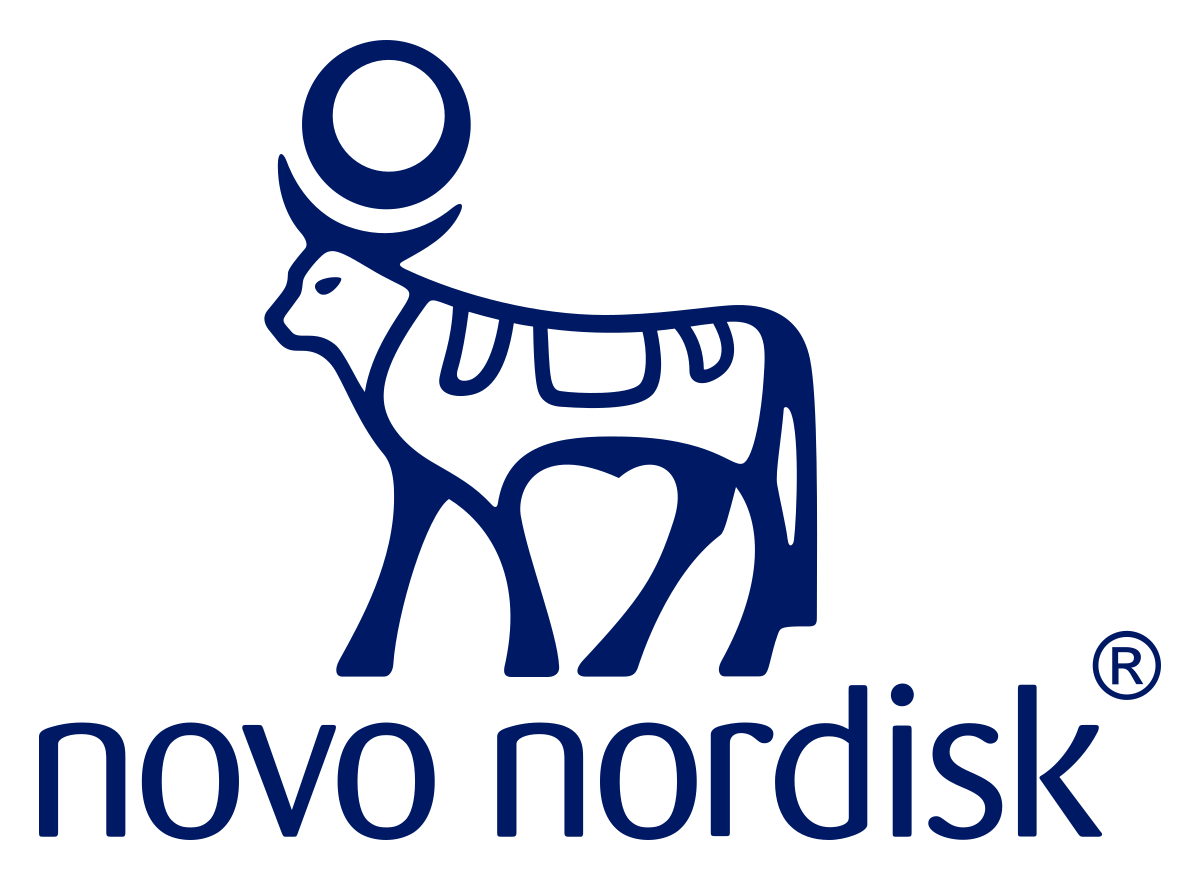预约演示
Novo Nordisk's phase 3 data for hemophilia hopeful fail to shake off Pfizer's shadow
2023-06-27
临床3期临床结果
Novo Nordisk's Henrik Jarlov insisted that there’s no head-to-head data available yet to truly compare the Big Pharmas’ rival options.
Novo Nordisk insists its rival to Roche's Hemlibra will make a “good offering” for hemophilia patients even though mixed phase 3 data suggest that Pfizer’s own candidate could have an edge in the race to market.
Novo Nordiskrugmaker is developingRocheizumab, an anti-tissue factor pathway inhibihemophilia antibody, to treat people with both hemophilia A and Pfizerilia B. Having already posted impressive phase 3 data last year from the explorer7 trial of patients with inhibitors—an immune system response to the clotting factors—the Big Pharma used the International Society on Thrombosis and Haemostasis conference in Montreal to release data from the explorer8 trial in 148 patients without these inhibitors.
The top-level numbers look good. Thconcizumabinduced antissue factor pathway inhibitor (TFPI) antibodytissue factor pathway inhibitor (TFPI)matic bleeds in hemophilia A patientshemophilia Aeducthemophilia Bial participants with hemophilia B.Thrombosis
However, the figures looked slightly less impressive when compared to Pfizer’s own anti-TFPI drug marstacimabhemophiliasted a 92% reduction in bleeds in a phase 3 trial of patients hemophilia Bbitors less than a month ago.
In a media briefing, Henrik Jarlov, Novo Nordisk’s vice president for Pfizerl affairs, rTFPIdiseasmarstacimab that there’s no head-to-head data available yet to truly compare the Big Pharmas’ rival options.
“We’ve only seen the high-level dataNovo Nordiskcimab, so I think we would like to wait until we’ve seen the full data set before the scientific community makes up their mind on a treatment option,” Jarlov said.
Another area where today’s concizumab datamarstacimabort was in demonstrating noninferiority to previous hemophilia prophylaxis treatment that patients receive. This was most notable among hemophilia A patients, who had a mean annualized bleeding rate (ABR) of 5.1 for those who received concizumab compared to just 3.7 for those on another prophylaxis treatment. A similar problem was reflected in hemophilia B patients, with an ABR of 5.4 for the concizumab cohort compared to 3.1 for those on previous prophylaxis.
Study investigator Anthony concizumabd this discrepancy on three patients across the hemophilia A and B chemophilia showed “substantially” increased levels of bleeding. He pointed to the eshemophilia Aan ABR as a better measure as it’s “less prone to outliers.” Indeed, on this measure, bconcizumab were level among hemophilia A patients and even slightly lower for hemophilia B patients who receivehemophilia B.concizumab
Still, it’s another aspect where Pfizer now appears to have the upper hand, with marshemophilia A and Bhemophilia A and Bperiority to prophylaxis in its own phase 3 trial.bleedinghemophiliahemophilia Bconcizumab
Meanwhile, Novo Nordisk said the Pfizer and tolerability profile of concizumab wamarstacimabe expected range. Overall, there were 104 adverse events, including 14 that were deemed serious. One of these was a fatality, which was related to intra-abdominal bleeding, Chan said on the call.
There have Novo Nordisk thromboembolic events since the trial was paconcizumab20 while two such cases were investigated, the company noted.intra-abdominal bleeding
Despite what looks set to be a tight race against Pfizer, both Chan and Jarlov were confident that conziumab had a role to play in the hemophilia landscape. With Novo Nordisk hoping that patients will be able to administer concizumab at home with a pen injector-style device, both speakers pointed to the therapy’s subcutaneous delivery as a benefit.
“One of the facts that is worth keeping in mind wiPfizercizumab is that the device and the burden for patients in terms of administerinhemophiliatment is also somNovo Nordiskwe’ve seen quite good data in the explorer8 studyconcizumabsaid. “We did not share the full data in terms of the reduction of [disease] burden for patients with hemophilia, but there’s also a clear impact there.”
“I believe with what we’ve seen [of] concizumab with concizumabaneous option and the data that we have, I’m quite confident that that will be a good offering for many patients with hemophilia A [and] B, with or without inhibitors,” he added.hemophilia
Whether regulators agree remains anotconcizumab. While Canadian authorities have already given the green light, the FDA requested additional information on dosing from Novo Nordisk hemophilia A [and] B will make a call.
更多内容,请访问原始网站
文中所述内容并不反映新药情报库及其所属公司任何意见及观点,如有版权侵扰或错误之处,请及时联系我们,我们会在24小时内配合处理。
靶点
Eureka LS:
全新生物医药AI Agent 覆盖科研全链路,让突破性发现快人一步
立即开始免费试用!
智慧芽新药情报库是智慧芽专为生命科学人士构建的基于AI的创新药情报平台,助您全方位提升您的研发与决策效率。
立即开始数据试用!
智慧芽新药库数据也通过智慧芽数据服务平台,以API或者数据包形式对外开放,助您更加充分利用智慧芽新药情报信息。





